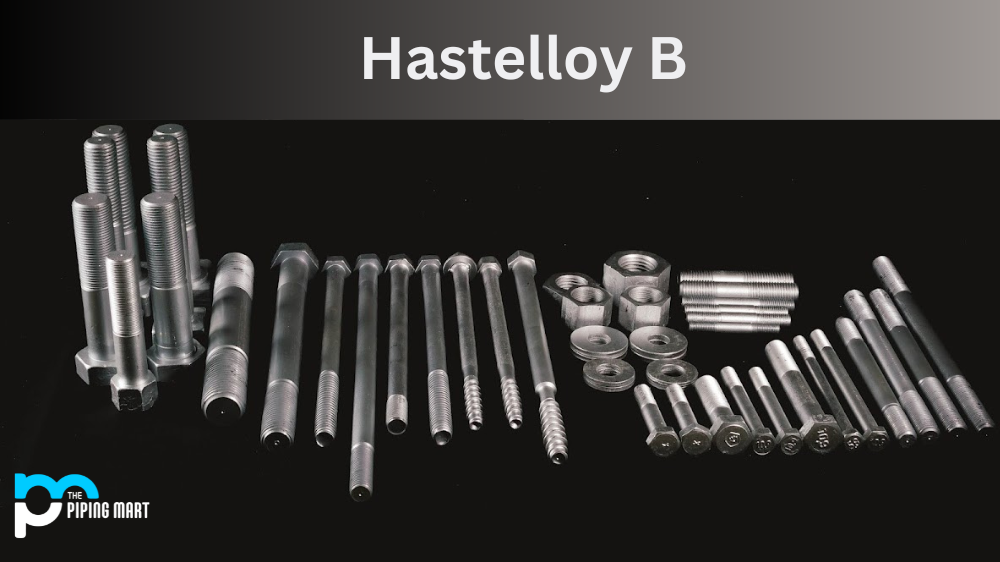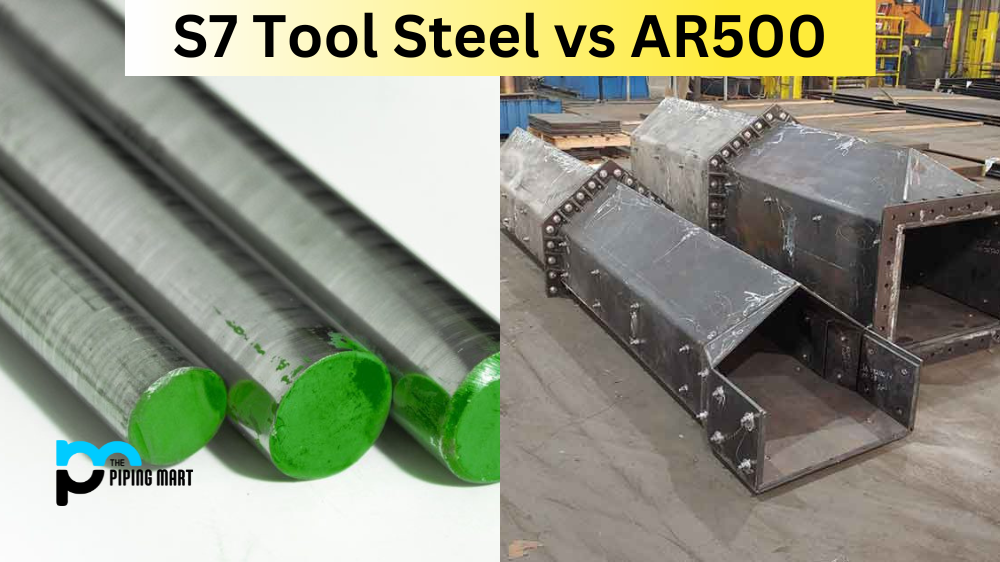A Gasket is an elastomeric portion covering the junction of two surfaces. Typically they are produced from a range of materials including rubber, cork, paper, brass, steel, and foam. Because of its versatility, this modular feature can be used for a broad variety of purposes. These involve anti-vibration, wrapping, sanitation, reduction of noise and sound and, most notably, sealing, the most common application. Virtually all sectors, including food manufacturing, petrochemical, pharmacy, water and power, use gaskets. Gasket products are chosen for their characteristics and capacity to endure a variety of conditions, such as mining and deep-sea, chemical tolerance, alkaline acids, high temperatures, and pressure. For a gasket to work properly and to plug any gaps, it must be sufficiently sealed to create a full barrier that will allow a pressure-tightened plug and secure the contents of the container within. Additionally, by preventing them from brushing against hard surfaces and causing friction, the gaskets shield moving sections in an application. An elastomeric gasket is a component which seals both gases and liquids against release or inlet, forming a seal between two surfaces. Ideal for the filling of deformities and the relation between two surfaces. Since a gasket occupies the gap between these two sides, they have to be constructed from a material that is easily deformed and occupies every irregularity adequately.
Gaskets Benefits
Better Sealing
One of the primary benefits of gaskets is that they provide a better seal than other types of seals. This is because gaskets are designed to fill any irregularities in the surfaces that they are sealing. This ensures that there are no gaps through which fluids or gases can escape.
Increased Durability
Gaskets also tend to be more durable than other types of seals. This is because they are typically made from stronger materials, such as metal or rubber. Additionally, gaskets are often reinforced with other materials, such as steel wire or Kevlar, which further increases their durability.
Improved Resistance to Chemicals
Another benefit of gaskets is that they often have improved resistance to chemicals. This is due to the fact that gaskets are typically made from materials that are not affected by most chemicals. Additionally, gaskets often have a coating that further protects them from chemicals.
Reduced Noise and Vibration
Gaskets can also help to reduce noise and vibration. This is because they act as a barrier between two surfaces, preventing them from coming into direct contact with each other. This can help to reduce the amount of noise and vibration that is transmitted between the two surfaces
Gaskets Uses
A gasket is a crucial factor used in the welding industry. It is used to create a seal between two or more surfaces which prevents leakage of air and/or liquid. However, a gasket can prove useful in maintaining a strong seal when the surfaces are weakened or under pressure. Automotive engines normally have a gasket between the head of the cylinder and the center of the cylinder for ignition. Founded as a head gasket which prevents leakages of gas, gasoline and coolant. A gasket is an important part used in the welding industry. It is used to establish a bond between two or more materials that stops the air and/or liquid from leaking. The two surfaces may be fused for certain development procedures, without the need for a gasket. Whether the surfaces are weakened or under pressure, though, a gasket would be indispensable in creating a close seal. If that happens, neither the fuel oil nor refrigerant can function properly, allowing the fuel and its parts to fail.
In several manufacturing processes, a gasket is a key factor because it can be produced in various requirements. Gasket content is picked for installation depending on environmental properties such as its chemical tolerance, temperatures (or variations in temperature), stresses, liquids, gases, and often electromagnetic or electrical powers. Gaskets are very typical parts and can be used in vehicles, ships, aircraft, vessels, electrical devices, pumps, and more.
Materials of Construction
Gaskets are made of different products. While steel is the most common material for producing head gaskets, rubber, silicone, cork, felt, nitrile, fiberglass, and Teflonns are other gaskets. Fiberglass is also favored because it can endure extreme strain. Fiberglass gaskets are not unusual to withstand up to 2000 pounds per square inch (PSI) press.

Pipingmart is B2B portal specializes in industrial, metal and piping products. Also, share latest information and news related to products, materials and different types grades to help business dealing in this industry.




